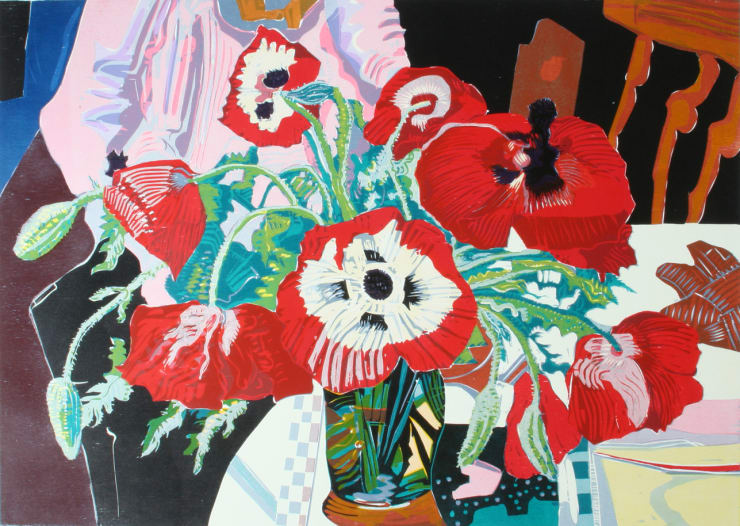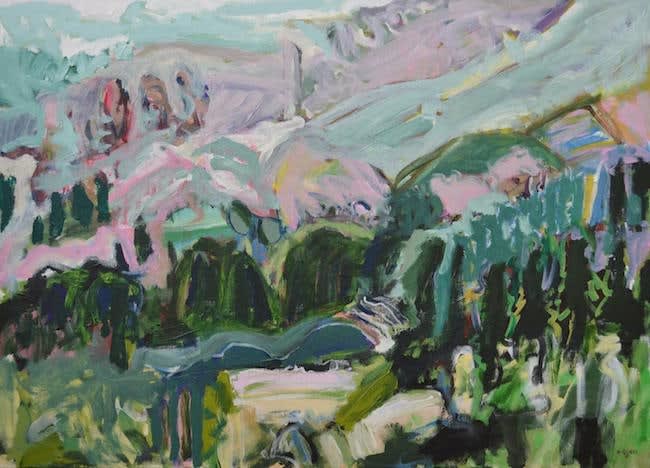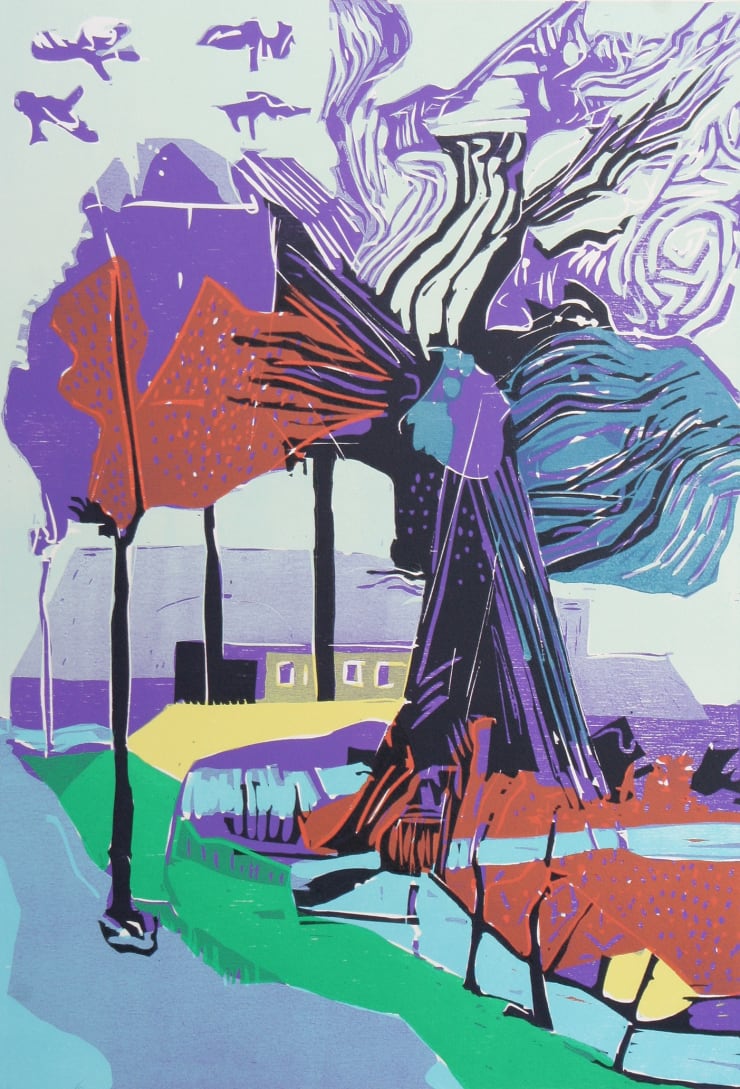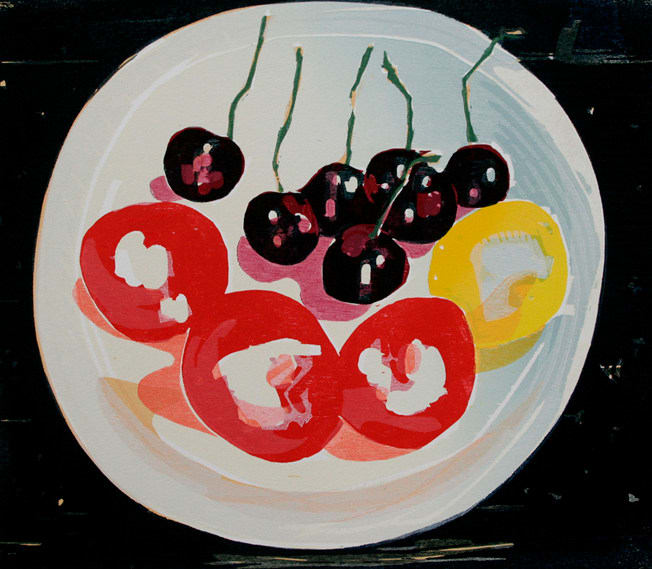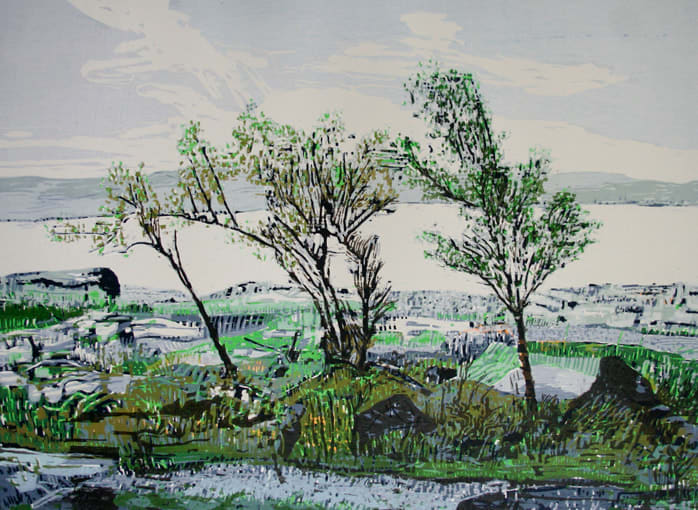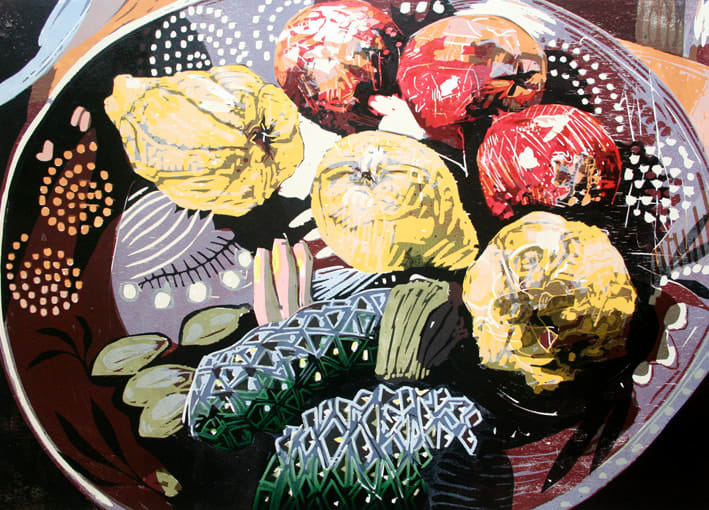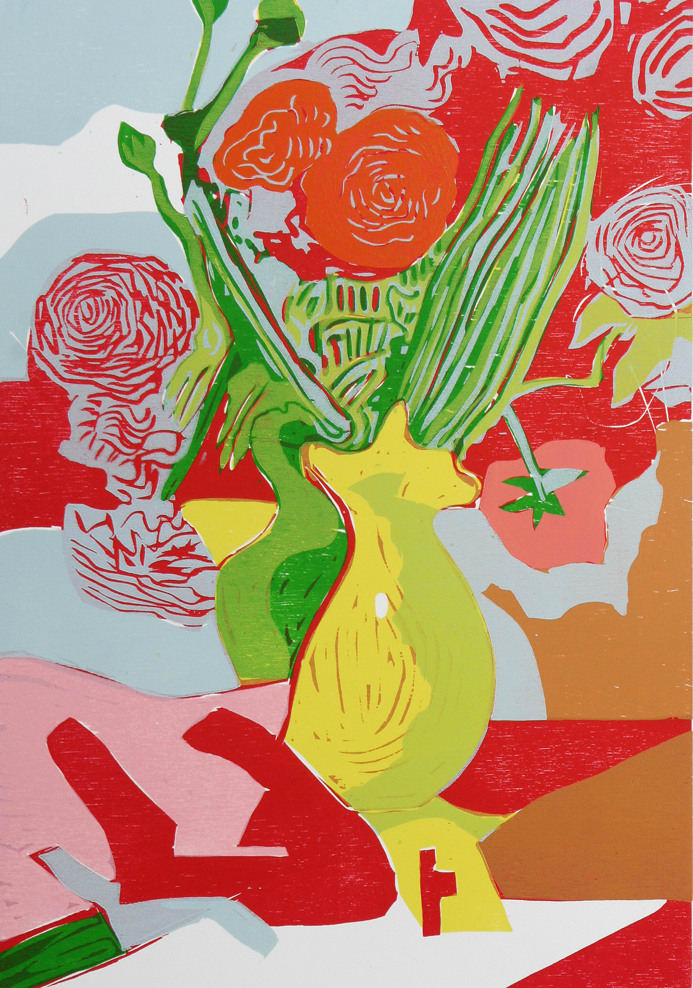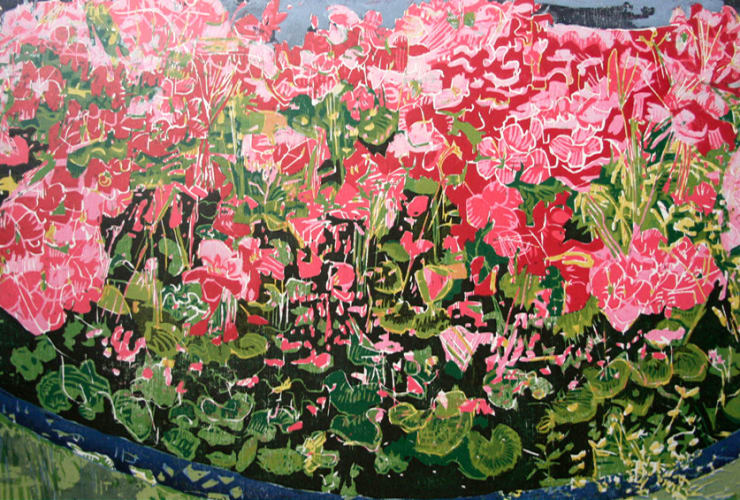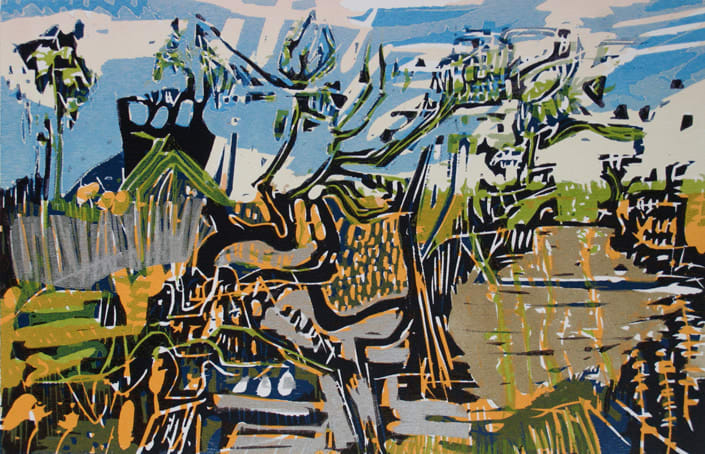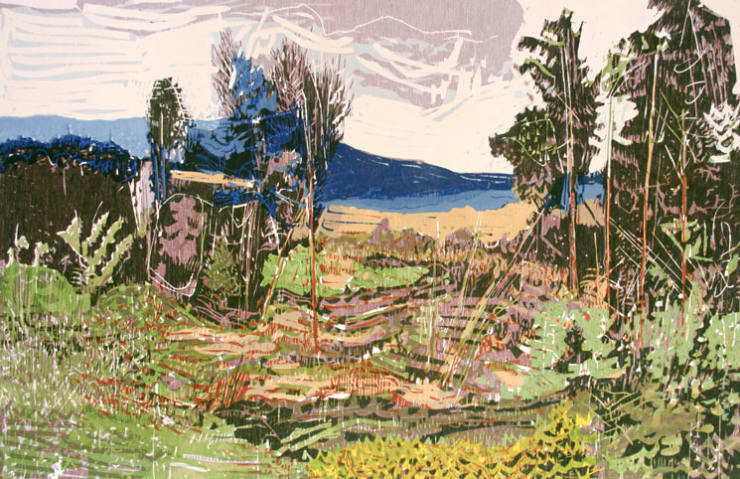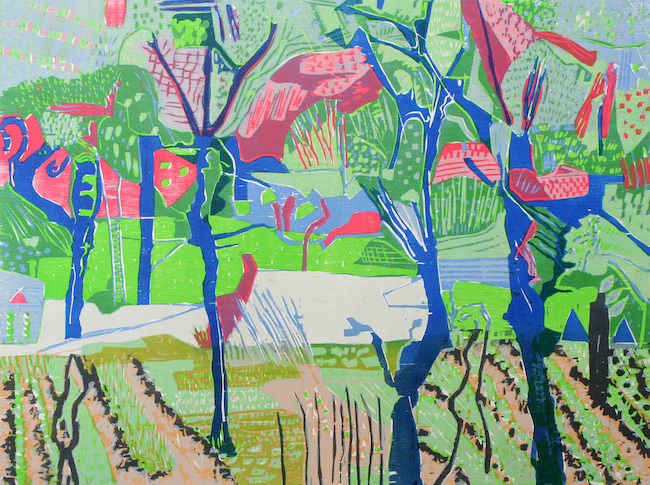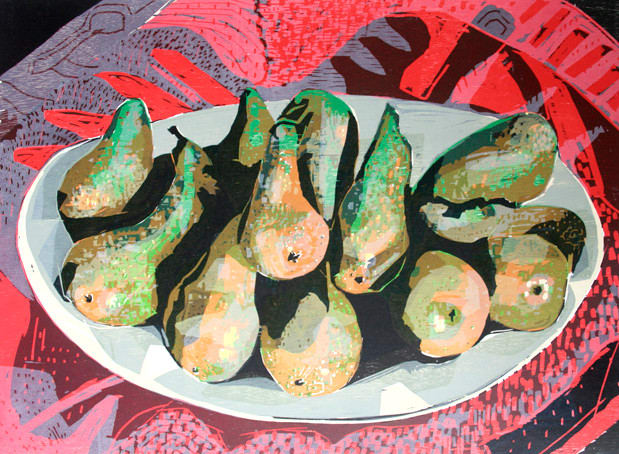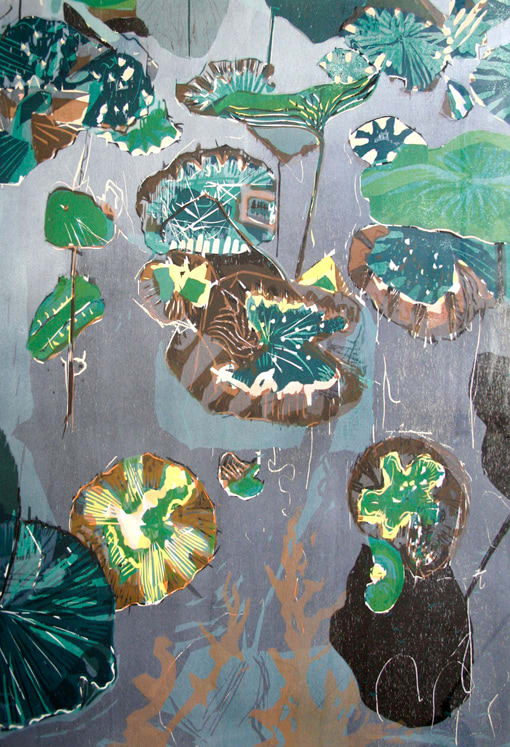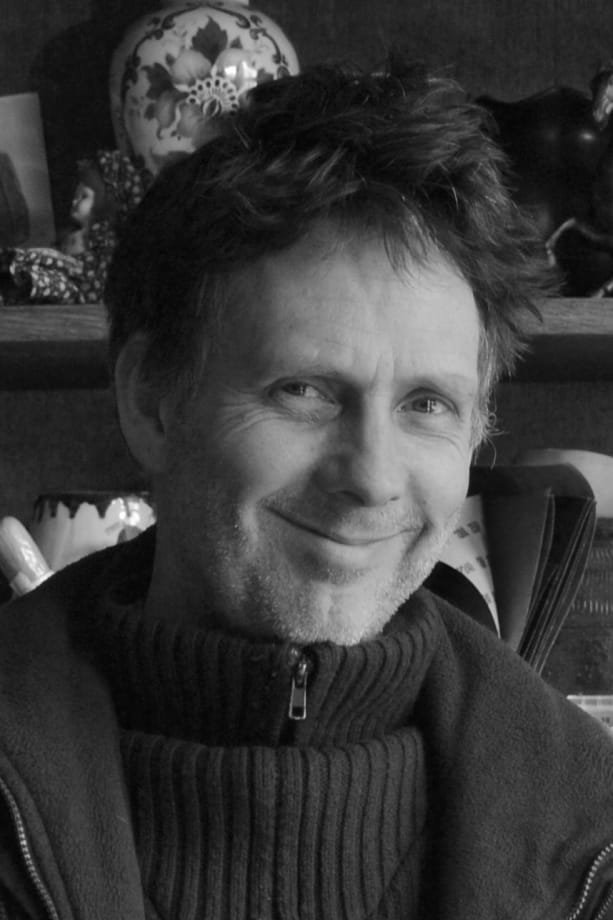Vincent van Ojen
-
 Hyacinth
Hyacinth -
 Anemonen
Anemonen -
 Avocado's
Avocado's -
 Duizendschoon
Duizendschoon -
 Keukentafel
Keukentafel -
 Landschap met Boom
Landschap met Boom -
 Meloenen op Schaal
Meloenen op Schaal -
 Papavers
Papavers -
 Rode Bietjes
Rode Bietjes -
 Roze Wolk
Roze Wolk -
 Stilleven met Kruik
Stilleven met Kruik -
 Stilleven met Uitgebloeide Tulpen
Stilleven met Uitgebloeide Tulpen -
 Tulpen
Tulpen -
 Ardennen
Ardennen -
 Berglandschap
Berglandschap -
 Boerderij met Boom
Boerderij met Boom -
 Bord met Kersen en Tomaten
Bord met Kersen en Tomaten -
 Drie Bomen
Drie Bomen -
 Fruitschaal
Fruitschaal -
 Gele vaas met Bloemen
Gele vaas met Bloemen -
 Geranium
Geranium -
 Granaatappels en Citroenen op Schaal
Granaatappels en Citroenen op Schaal -
 Groningen
Groningen -
 Haven
Haven -
 Herfstlandschap
Herfstlandschap -
 Heuvellandschap
Heuvellandschap -
 Landschap
Landschap -
 Landschap met Boerderij
Landschap met Boerderij -
 Landschap met Bomen
Landschap met Bomen -
 Landschap met Naaldbomen
Landschap met Naaldbomen -
 Lentetuin
Lentetuin -
 Mand met Citroenen
Mand met Citroenen -
 Moestuin
Moestuin -
 Peren op Schaal
Peren op Schaal -
 Rozen op Kleed
Rozen op Kleed -
 Sneeuwlandschap
Sneeuwlandschap -
 Stilleven met Jasmijn
Stilleven met Jasmijn -
 Stilleven met Meidoorn
Stilleven met Meidoorn -
 Stilleven met Sinaasappels
Stilleven met Sinaasappels -
 Stoofperen
Stoofperen -
 Twee Kinderfietsjes
Twee Kinderfietsjes -
 Vaas met Rozen
Vaas met Rozen -
 Vaas met Takken
Vaas met Takken -
 Vlijtige Liesjes
Vlijtige Liesjes -
 Waterlelies
Waterlelies -
 Wit met Roze Bloemetjes
Wit met Roze Bloemetjes -
 Witte Bloemetjes op Blauw
Witte Bloemetjes op Blauw -
 Vaas met Bloemen
Vaas met Bloemen -
 Vaas met Bloemen
Vaas met Bloemen
Vincent van Ojen
Dutch artist Vincent van Ojen is a master of the woodcut technique. Through his years of research and experience, he knows how to exploit this medium and get the most out of it. This leads to free, complex and picturesque images. The woodcut is the ideal technique for working with color. Vincent van Ojen thinks from the color that must take shape in his composition, and not the other way around a shape that takes color. The layering in shape and color, the structure of the wood and the overlapping of the color areas are reflected in many capacities in his work due to the specific properties of the woodcut technique.
He often uses the so-called 'lost technique'. This means that after each print he cuts away a portion and then uses a different color. After pressing a few times, the wooden board is finished and the print is ready. The use of this technique does mean that nothing can go wrong during the printing process. In that case, the entire circulation would be lost.
The apparently effortless woodcuts demonstrate a very high degree of control. The expressive works look cheerful and fresh. He often chooses landscapes and still lifes as subjects for his colorful compositions. For Vincent van Ojen it essentially does not matter what he depicts, ultimately he abstracts everything. His works are explanations of visual matters that show that as an artist he actually thinks abstractly. The fact that these compositions can subsequently be recognized is secondary to him. His painterly approach has become Vincent's trademark and for this he was rewarded with the Dutch Graphics Prize in 1992.
Vincent van Ojen studied graphics at the Art Academy of 's-Hertogenbosch. He has been a visual artist by profession since 1984. His work is part of international collections.







